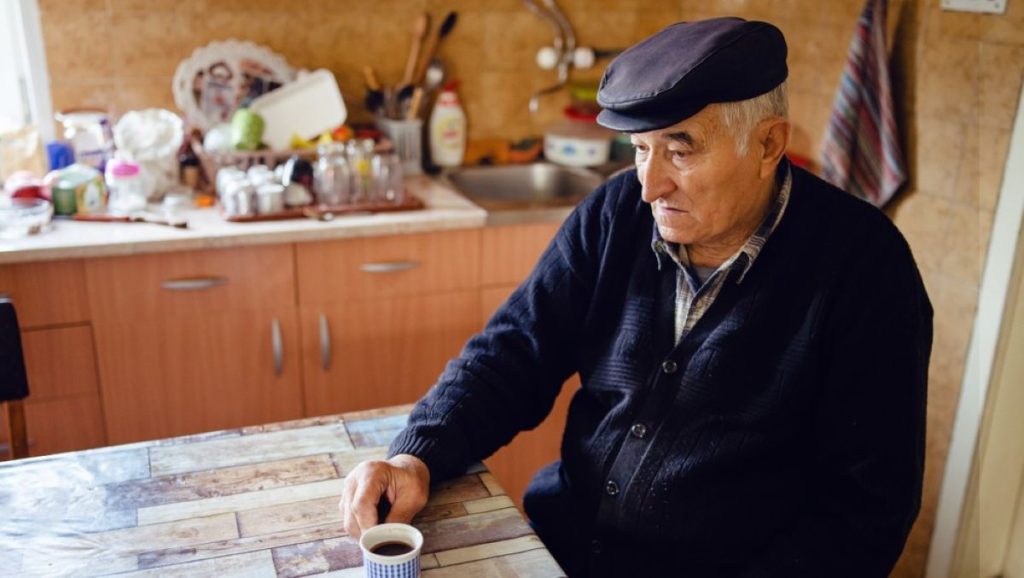Anxieties about daily life are mounting across Russia, even as official figures paint a picture of stability.
Others are reading now
Beneath the surface of low unemployment and growing wages, a new study suggests something deeper may be wrong.
Growing unease
A recent Gallup survey found that Russians are increasingly doubtful about the country’s economic direction.
More respondents now describe worsening conditions in their regions than at any point since the pandemic.
This is a sharp contrast with the Kremlin’s insistence that sanctions have failed and that living standards remain strong.
Many citizens, however, report feeling left behind by rising prices and limited access to basic goods.
Food becomes unaffordable
Also read
Nearly a third of those surveyed said their income is insufficient to buy enough food, a level not seen in years.
Before the conflict with Ukraine began, only about one in six people reported such hardship.
While unemployment remains near record lows, inflation and uneven wage growth have eroded purchasing power.
Potatoes, a staple in many households, have become 167 percent more expensive since early 2024.
Analysts describe the country’s “fragile stability” as dependent on state spending and war contracts rather than broad economic strength.
Inflation and inequality
Also read
Gallup researchers noted that optimism about jobs and salaries has not translated into overall confidence.
Inflation, food shortages, and widening inequality have deepened frustrations.
They observed that public sentiment is now more negative than at any time since the 2009 financial crisis, with only brief exceptions during the Covid-19 pandemic.
The researchers wrote that “record-low unemployment and high wage growth” mask underlying issues that have made food and other essentials increasingly inaccessible for millions of families.
Stalled growth
Russia’s economy expanded by more than four percent in 2023 and 2024, driven largely by defense production.
Also read
But that surge slowed sharply in 2025, when the central bank raised interest rates to curb inflation.
By midyear, the national economy had contracted by 0.6 percent.
The government cut its growth forecast from 2.3 percent to 1 percent, while the International Monetary Fund predicted only 0.6 percent growth this year and minimal recovery in 2026.
War spending takes its toll
Economists estimate that Russia has spent around 167 billion dollars on its war in Ukraine since 2023. In the first half of 2025, defense accounted for more than 40 percent of the state budget.
Analysts warn that such spending has come at the expense of domestic welfare and consumer stability.
Also read
Despite Kremlin claims that sanctions have strengthened the economy, everyday Russians are facing a harsher reality, where rising prices, shrinking incomes, and deepening inequality shape daily life.
Sources: The Moscow Times, Gallup
This article is made and published by Kathrine Frich, who may have used AI in the preparation


